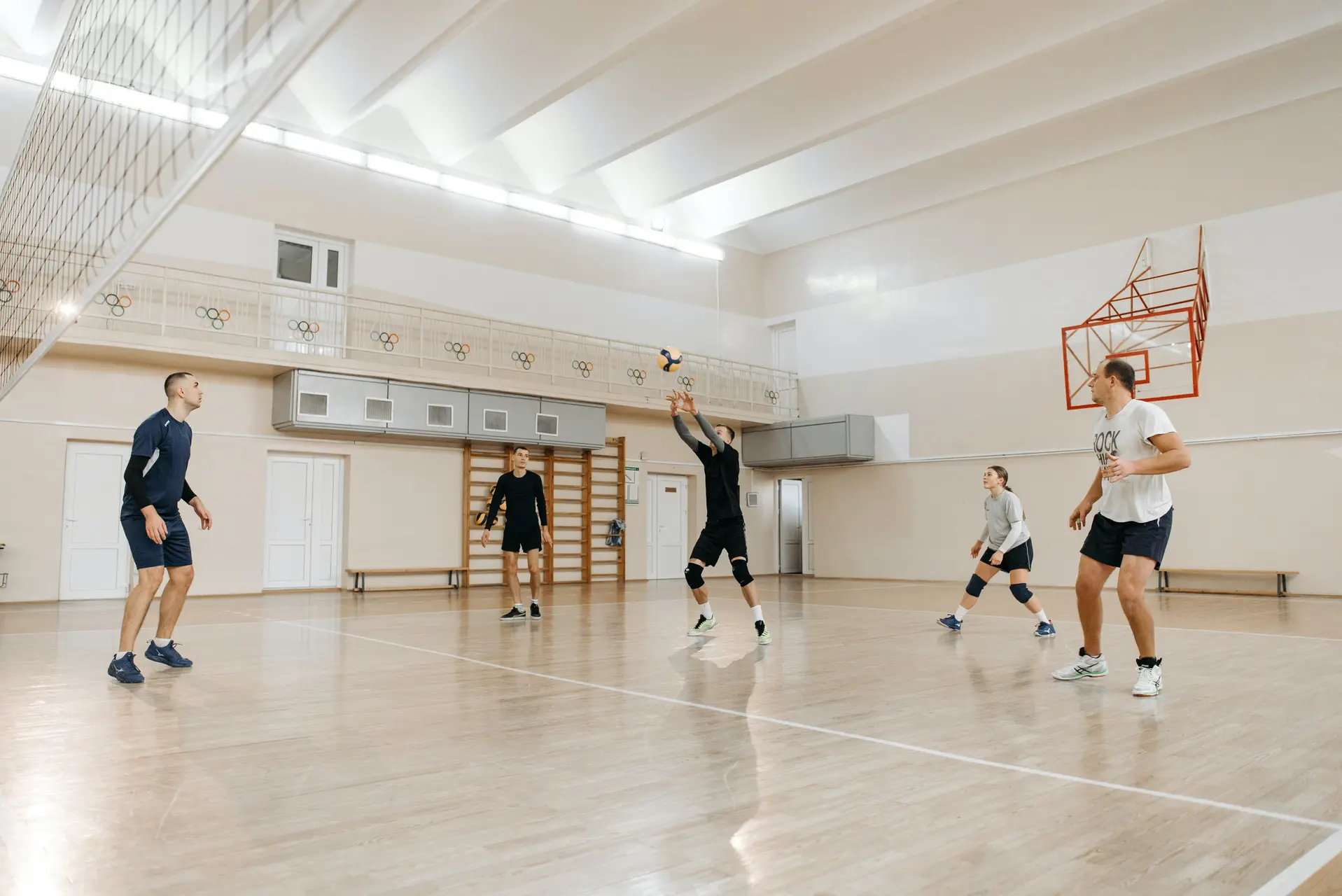
Passing
Volleyball is an exciting and dynamic team sport that requires a combination of skills, strategy, and teamwork. One of the fundamental skills in volleyball is passing, which is often referred to as "bumping" or "forearm passing." Passing plays a pivotal role in setting up successful attacks, maintaining ball control, and ultimately winning matches. In this article, we will explore the significance of passing in volleyball, the technique involved, and the key aspects that players need to master to excel in this crucial aspect of the game.
The Importance of Passing
Passing in volleyball is often described as the "foundation" of the game, and for a good reason. It is the first touch on the ball after the serve and is crucial for initiating an effective offense. Here are a few reasons why passing is so essential in volleyball:
- Control and Accuracy: Passing allows the team to control the ball's trajectory and placement. A well-executed pass ensures that the setter can deliver an accurate ball to the hitters, increasing the chances of a successful attack.
- Transition Play: Volleyball is a fast-paced sport, and the ability to quickly transition from defense to offense is vital. A strong pass helps the team transition smoothly, maintaining offensive momentum.
- Setting up the Attack: The pass sets the stage for the setter to deliver an optimal ball to the hitters. Without a good pass, the setter's options become limited, making it easier for the opposing team to defend against the attack.
- Serve Receive: Passing is essential during serve receive, as it is the first line of defense against the opponent's serve. A solid pass helps prevent aces and maintain ball possession.
Passing Technique
Successful passing in volleyball requires a combination of technique, focus, and coordination. Here's a breakdown of the fundamental passing technique:
- Ready Position: Start in a ready position with your knees slightly bent, weight forward on the balls of your feet, and arms extended in front of you.
- Hand Formation: Form a platform with your forearms by clasping your hands together, thumbs pointing down, and fingers pointed straight ahead. The platform should be rigid and flat, creating a surface for the ball to bounce off.
- Contact Point: Make contact with the ball using the flat surface of your forearms, ideally just above your wrists. The goal is to create a clean, controlled rebound. Avoid contact with the ball too high on your arms or too low, as this can result in unpredictable passes.
- Angle Control: The angle of your platform is crucial. Tilt your platform slightly downward to direct the ball upward, and slightly upward to send the ball lower. The goal is to send the ball to the target with precision.
- Footwork: Move your feet to get into the best position to pass the ball accurately. Focus on moving your feet and not reaching with your arms, as this will improve your balance and control.
- Follow Through: After making contact with the ball, allow your arms to extend naturally and follow through with your movements. A proper follow-through ensures a consistent and accurate pass.
Key Aspects of Effective Passing
- Communication: Clear and effective communication among teammates is crucial for successful passing. Players need to call for the ball or communicate their intentions to ensure that everyone is on the same page.
- Anticipation: Skilled passers not only react to the ball but anticipate its path and make adjustments accordingly. This anticipation comes from experience and a deep understanding of the game.
- Adaptability: Passers must adapt to different types of serves and situations. Whether it's a hard, fast serve or a tricky float serve, adaptability in passing technique is key.
- Reading the Server: Passers should pay close attention to the server's body position and movements to predict the serve's direction and speed.
- Teamwork: Passing is a team effort. Players should work together to cover each other and ensure that the ball is kept off the floor. This includes players on the court and those on the bench who might be involved in substitutions.
- Mental Toughness: Passing can be mentally challenging, especially when facing a tough server or playing in high-pressure situations. Maintaining focus, composure, and confidence is vital for consistent passing.
- Consistency: The best passers are not those who make flashy plays but those who consistently deliver accurate passes. Consistency is the hallmark of a reliable passer.
Drills to Improve Passing
- Stationary Passing: Practice passing against a wall or with a partner from a stationary position to work on hand positioning and ball control.
- Serve Receive Drills: Simulate game situations by having a coach or teammate serve to you, and focus on serve receive techniques, including footwork and platform control.
- Movement Drills: Incorporate movement into passing drills to simulate game-like scenarios. This can include passing on the move, passing from different positions on the court, and transitioning from defense to offense.
- Multi-Ball Drills: Use multiple balls in practice to work on quick reactions and adaptability. A coach or partner can feed balls rapidly, and you must pass each one accurately.
- Game-Like Scenarios: Play mini-games or full scrimmages to apply passing skills in a real-game context. This helps players adapt to the dynamics of a match.
In Conclusion
Passing in volleyball is the linchpin of a successful offense and overall team performance. Mastering the passing technique, developing strong communication skills, and cultivating the ability to adapt to various game situations are all essential components of becoming an effective passer. With consistent practice and a focus on these key aspects, players can elevate their passing abilities and contribute significantly to their team's success on the volleyball court. Passers play a vital role in ensuring that the game flows smoothly, and their efforts set the stage for the exciting spikes, blocks, and digs that make volleyball such a thrilling sport to watch and play.